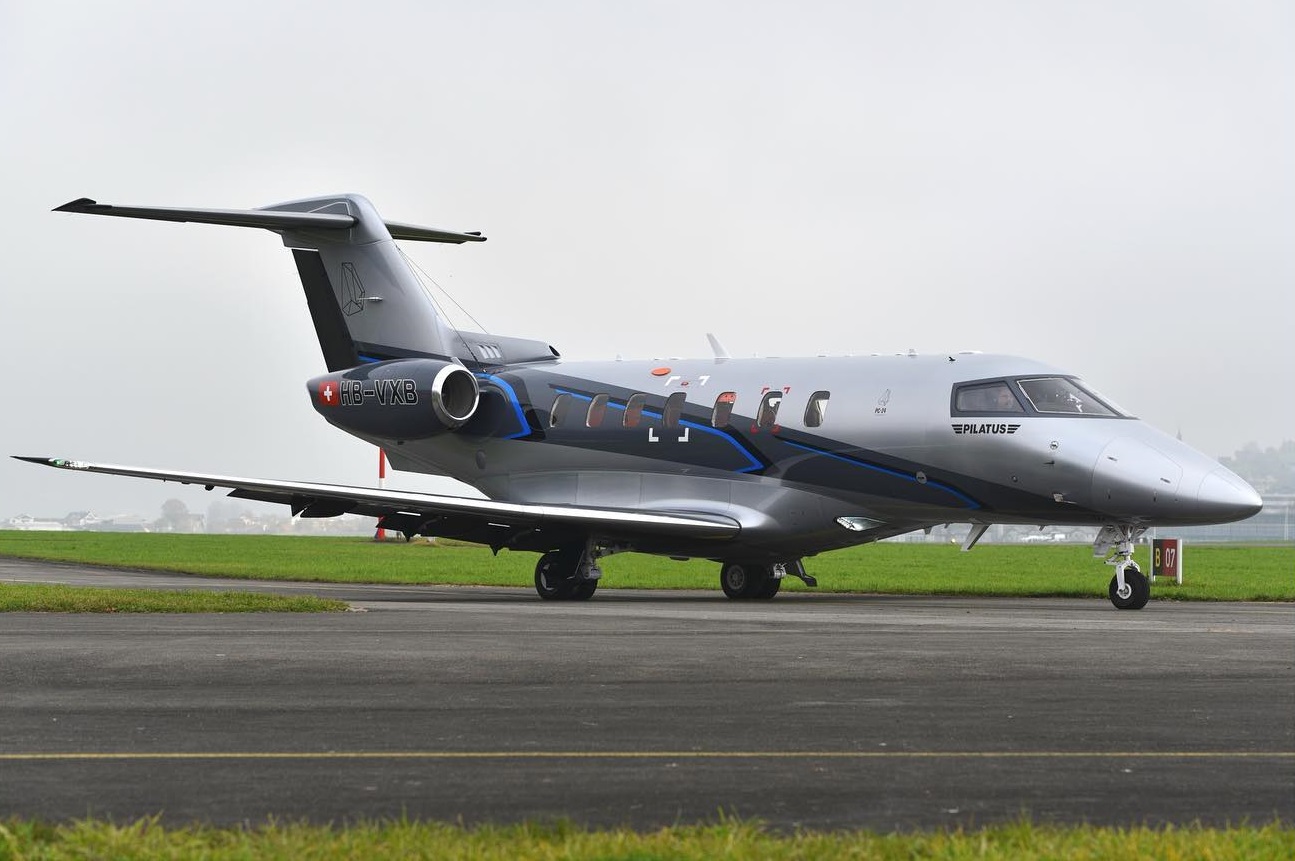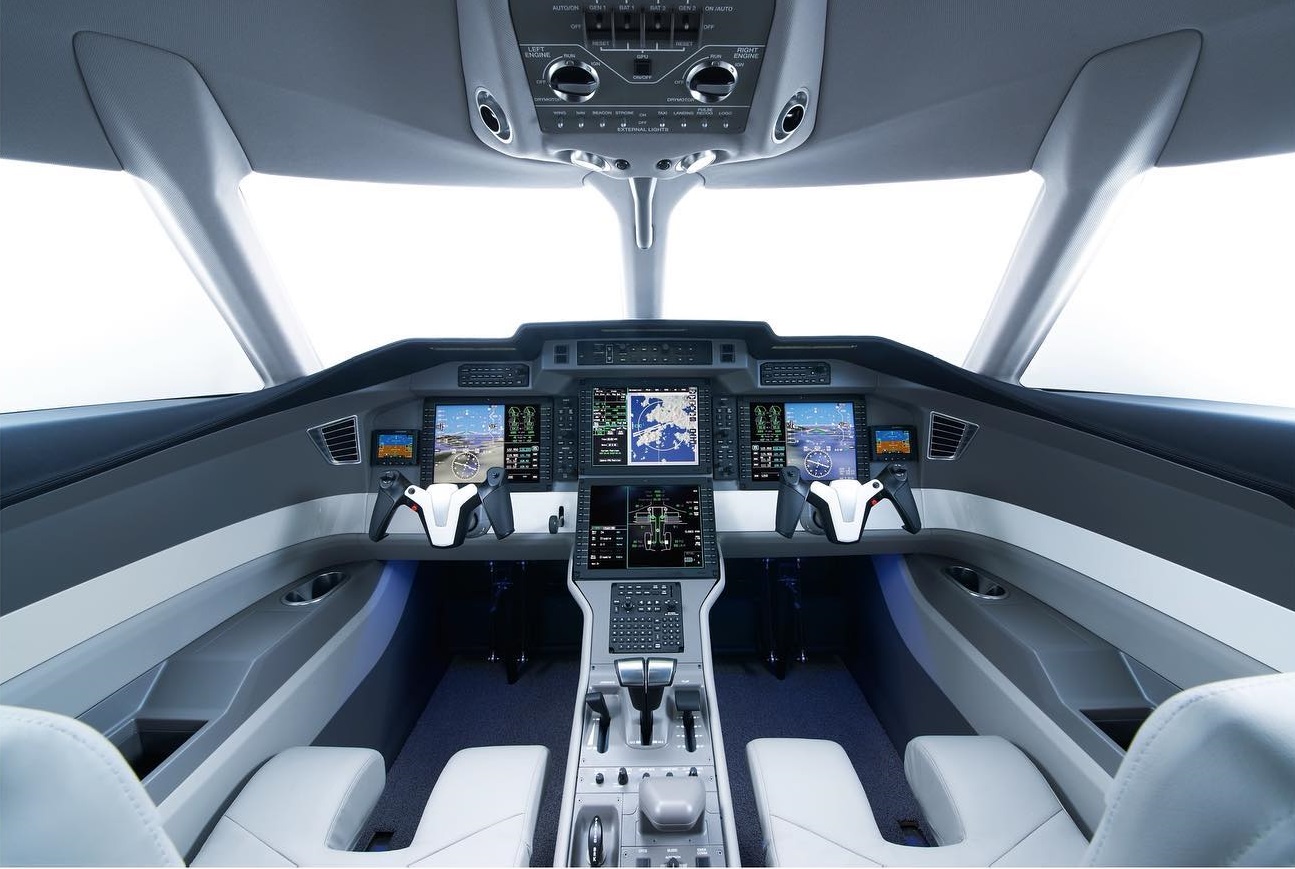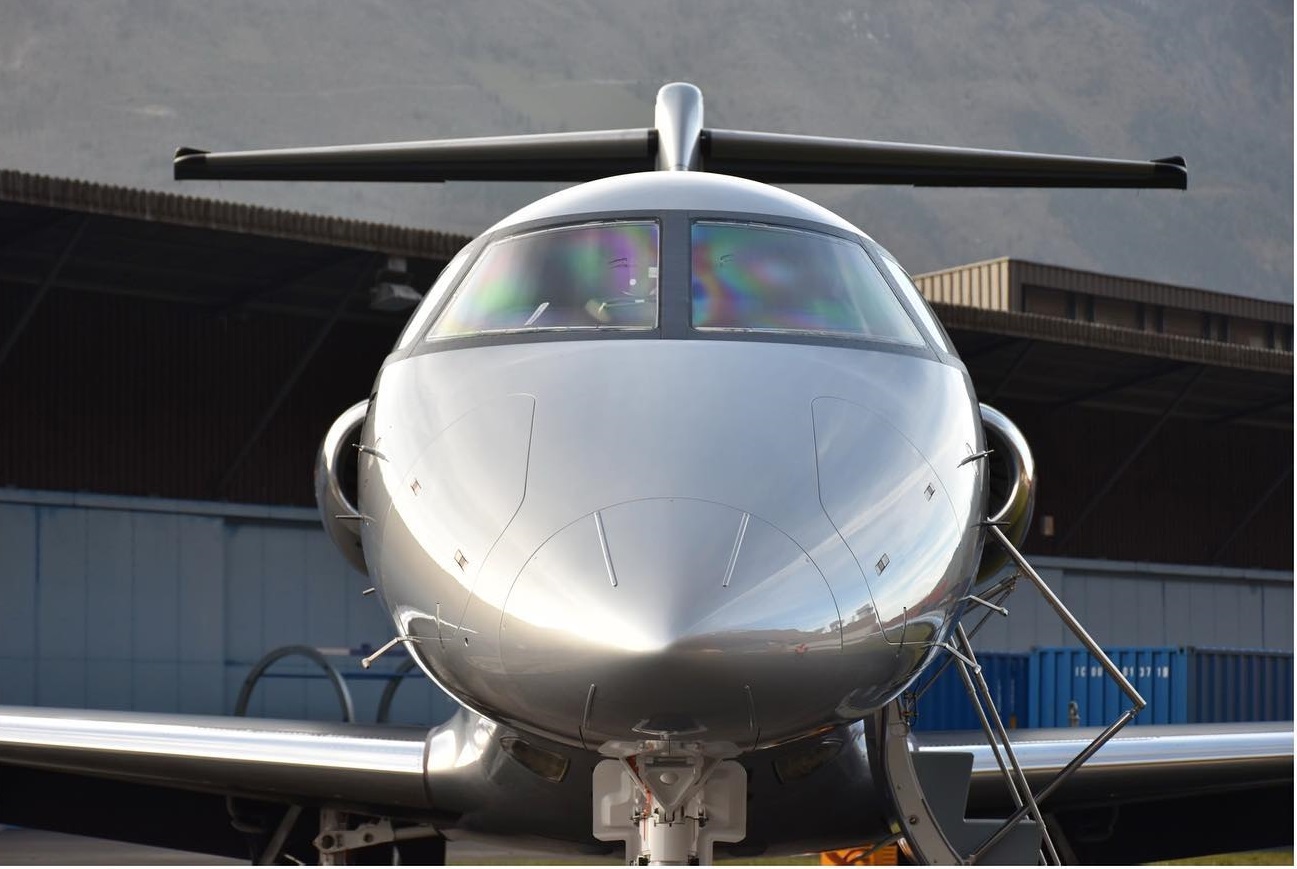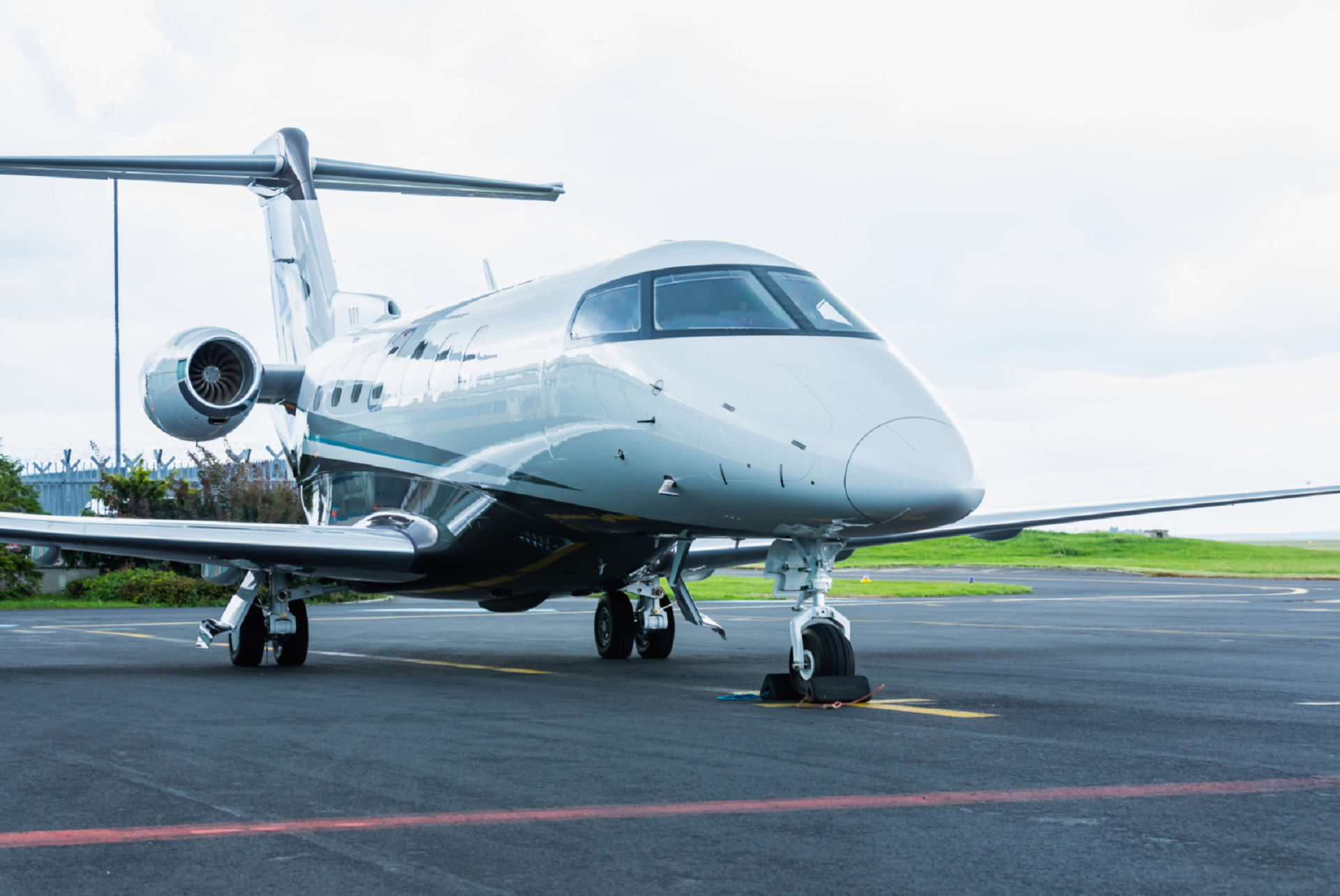Swiss company Pilatus Aircraft manufactures a private jet model called the PC-24. Being able to operate from short, unpaved runways, which is highly unusual for a jet of its class, is one of its many known qualities. Because of this feature, the PC-24 is frequently marketed as a “Super Versatile Jet.” It is well-liked by individuals, charter businesses, and occasionally even for government and medical evacuation operations because of its roomy cabin, cutting-edge avionics, and effective performance.
Exploring the Pilatus PC-24’s Flight Characteristics

Photo credit: instagram.com
Discovering the flight characteristics of the Pilatus PC-24 unveils a realm of exceptional aviation prowess. Renowned for its versatility and performance, this aircraft stands out in the realm of business jets.
Performance and Versatility
One of the most distinctive features of the PC-24 is its ability to operate from both paved and unpaved runways, including grass, gravel, and even dirt strips. This rare capability in a jet of its class allows access to nearly twice as many airports worldwide compared to other jets, providing unparalleled flexibility for pilots and passengers.
The aircraft is powered by two Williams FJ44-4A turbofan engines, delivering impressive speed and range. Depending on load and weather conditions, it can reach a maximum cruising speed of approximately 504 knots (585 mph) and range around 2,000 nautical miles. This performance is complemented by its advanced avionics suite, which enhances safety and situational awareness for pilots.
Innovative Design
The aerodynamic design of the PC-24 contributes significantly to its performance. Its wings are optimized for both high-speed cruise and low-speed control, a challenging balance in aircraft design. The PC-24 also features a large cargo door, making loading and unloading of luggage and equipment remarkably easy, a feature not commonly found in jets of its size.
Exploring the Cabin Dimensions and Passenger Capacity of the Pilatus PC-24

Photo credit: instagram.com
Spacious and Comfortable Interior
The cabin of the Pilatus PC-24 is designed with passenger comfort in mind. It boasts a flat-floor cabin – a rarity in this jet class – which enhances the feeling of space and allows for easier movement within the aircraft. The cabin dimensions are quite generous for a super light jet, measuring approximately 23 feet in length, 5.1 feet in width, and 5.1 feet in height.
Customization and Capacity
The PC-24 can comfortably seat up to eight passengers with a standard configuration. However, the cabin can be customized to suit various needs, including executive, commuter, or combined passenger and cargo layouts.
The interior is designed to be easily reconfigured by the operator, offering flexibility for different types of missions. The use of high-quality materials and advanced soundproofing techniques ensures a quiet and relaxing environment, essential for both business and leisure travel.
Understanding the Cost Factors of the Pilatus PC-24

Photo credit: instagram.com
Initial Purchase and Operating Costs
The cost of acquiring a Pilatus PC-24 is significant but competitive within its class. As of my last update in April 2023, the price of a new PC-24 was around $9 million, though this can vary based on customization and market factors. If you’re not quite ready to buy, renting a Gulfstream G650 for an hour of flight time will run you about $3,600 USD.
Operating costs are an important consideration for potential owners. These include direct operating costs like fuel, maintenance, crew salaries, and insurance. The PC-24, with its efficient engines and maintenance-friendly design, aims to keep these costs at a minimum for its class.
Value Retention and Market Demand
A notable aspect of the PC-24 is its strong value retention in the pre-owned market, which is attributed to its unique capabilities and limited production numbers. The demand for a versatile jet like the PC-24 remains high, which helps maintain its resale value.
Cost-Benefit Analysis
For businesses and individuals considering the PC-24, the cost must be weighed against its versatility, performance, and comfort benefits. The ability to land at smaller, less accessible airports can significantly reduce travel time and increase convenience, providing tangible value to those who need to travel frequently or to remote locations.
In conclusion, the Pilatus PC-24 stands out in the super light jet category for its unique versatility, performance, and comfort combination. While it comes with a significant price tag, its capabilities and cost efficiencies make it a compelling choice for a wide range of aviation needs.

